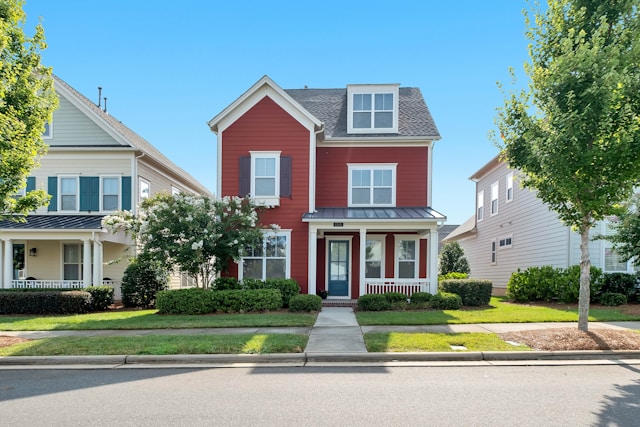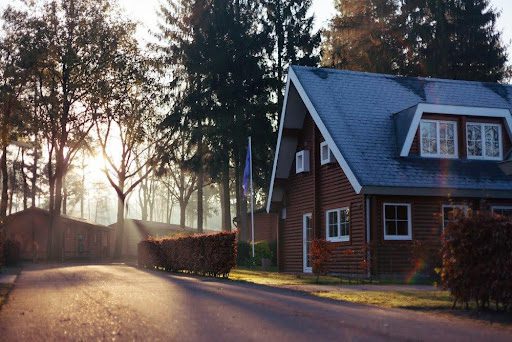
In recent years, multi-generational living has had a significant resurgence. Families are looking to strengthen their bonds further while also sharing resources to create a more stress-free living environment for everyone. With the cost-of-living crisis rearing its ugly head around the world, consolidating assets and sharing homes intergenerationally is becoming a more and more popular choice. However, it can also come with its own set of unique challenges and considerations. So, whether you’re planning to build a new multi-generational home or adjusting your living situation, there are several things to keep in mind to create harmony.
Designing The Space
When you’re designing the space, it’s crucial to take into consideration the different needs and preferences of each generation who’ll be living there. Consider incorporating features such as separate living areas; this creates the opportunity to create zones. One living area may be tailored to gaming, with a large television and lots of cozy seating arrangements. Another living area may be set up for hosting, centering around conversation and socializing. It’s also essential to add additional bedrooms to cater to everyone, as well as en suite bathrooms. This allows for independent living while still providing the opportunity for togetherness. Consulting with experienced architects, designers, and commercial builders Sunshine Coast can help to ensure that the design meets everyone’s needs while still creating a beautiful space with good flow.
Setting Boundaries
When living in an intergenerational household, boundaries and clear communication are essential in order to create harmony. It’s a good idea to establish ground rules from the beginning. These could be centered around how shared spaces are used, how chores will be divided, as well as having visitors. Having clear boundaries is sure to prevent any unnecessary misunderstandings and conflicts. To ensure everyone feels happy with the boundaries set as time goes on, why not hold monthly meetings? This meeting can act as a safe space for open dialogue. Giving family members an opportunity to address any issues that may arise.
Privacy, Personal Space, and Spaces for Living
When designing a home, you get the unique opportunity to create the space for living your way. You can tailor your home to you and your family’s hobbies and pastimes. While shared living spaces do offer a wide range of benefits, it’s important to create areas where individuals can retreat when they need some time alone to decompress. If you’re a family of readers, create some cozy reading nooks. If some of you love spending time outdoors, ensure you’ve created outdoor patio areas for living outside. Taking the time to consider each family member’s needs is sure to pay off in the long run with harmonious living.
Accommodating Different Lifestyles
When living in a multi-generational household, various family members will likely have different schedules, lifestyles, and routines. This should be something you consider when designing your home. Consider factors such as work schedules, dietary preferences, and even recreational activities. Keeping this information in mind from the early stages will help you to design a home that works for everyone. The most important thing when working with differing routines is to be patient and flexible when you first move in together. After a few months of multi-generational living, you’re sure to fall into a happy routine.
Supporting Aging Family Members
Multi-generational homes provide an excellent opportunity to care for aging loved ones. When building your home, it’s essential to consider any special accommodations or support they need or might need in the future. Adding features such as non-slip flooring, grab bars, and stair lifts early on can save you time and money in the future. Additionally, you may want to consider having a plan in place for caregiving responsibilities and medical needs in the future. This is sure to provide peace of mind for everyone involved while ensuring aging relatives feel seen, heard, and supported.
Embracing Flexibility
Despite all the careful planning and consideration that goes into your home, and no matter how beautiful and personalized it is, challenges will always arise. So, when they do, it’s essential to remain flexible and adaptable. Being patient, willing to compromise, and open to solutions is beneficial in every living situation, especially in multi-generational homes.
Remember that the actual value of multi-generational living lies in the love, support, and shared experiences that bring families closer together.



